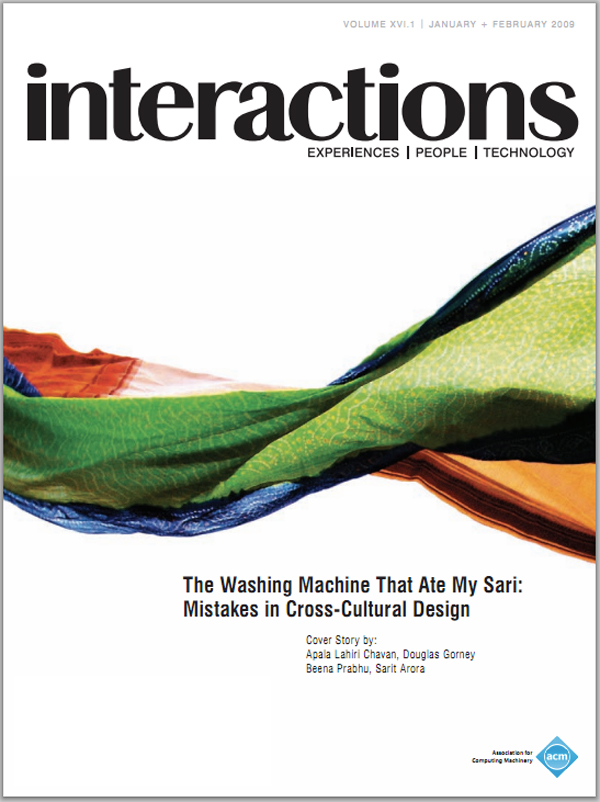Authors:
Ryan Aipperspach, Ben Hooker, Allison Woodruff
In the course of conducting research on domestic life [1], we have visited and conducted observations in a number of U.S. homes. Within these homes, we have often observed a certain homogeneity, a tendency toward similarity in place and experience. Our sense of a sometimes uniform and undifferentiated domestic environment resonates with observations made by others as well. For example, the modern housing landscape has been critiqued as offering limited variation in internal form and structure compared with the diversity of household populations [2, 3]. Homes with uniform construction, ceiling height, and lighting are symptomatic of designs that deal…
You must be a member of SIGCHI, a subscriber to ACM's Digital Library, or an interactions subscriber to read the full text of this article.
GET ACCESS
Join ACM SIGCHIIn addition to all of the professional benefits of being a SIGCHI member, members get full access to interactions online content and receive the print version of the magazine bimonthly.
Subscribe to the ACM Digital Library
Get access to all interactions content online and the entire archive of ACM publications dating back to 1954. (Please check with your institution to see if it already has a subscription.)
Subscribe to interactions
Get full access to interactions online content and receive the print version of the magazine bimonthly.







Post Comment
No Comments Found